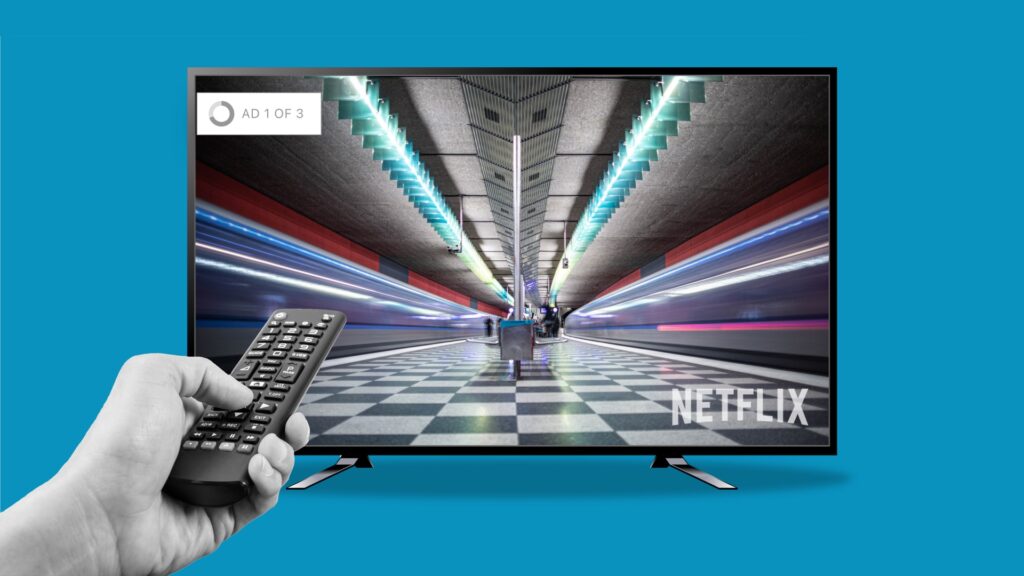10 Best Shopify Sales Channels to Increase Sales
by admin
6 Min Read
CES 2024: Stagwell (STGW) and MNTN Announce Partnership in Unified Performance SolutionsLearn More
How economic uncertainty could be fueling the move to ad-supported for both users and marketers alike.

3 Min Read
Another one bites the dust. When news of HBO Max’s latest subscriber numbers broke out, revealing that 30% were made up of ad-supported streamers, it affirmed what we had thought all along—that ad-supported streaming is taking over our screens (following in the footsteps of big players like Disney and Peacock who have also announced ad-tiered offerings). Who would have predicted that it would only take less than a year (ten months ago, to be exact) for their subscribers to catch onto the fact that ad-supported was the way to go? Also, hot off the Cannes 2022 circuit was an update from Netflix CEO Ted Sarandos, who confirmed a new ad-supported offering before the year is up—the company are currently in talks with multiple ad-sales companies (including NBCUniversal and Google) as they search for a partner to enter the advertising business in the interim. Let the games begin.
This is yet another sign of the ad-supported rise as king in the streaming wars. In fact, US households are now adopting ad-supported streaming services faster than subscription-based options, according to Comscore’s 2022 State of Streaming report, which revealed a 29% increase in U.S. homes streaming AVOD in 2022, versus a 21% increase in the same period for SVOD. Meanwhile, brewing not so quietly in the background are talks of an impending recession on the horizon—causing marketers to be more mindful than ever where and how they utilize their budgets, and consumers to pull back on their own discretionary spending.
Macroeconomic factors aside, ad-supported streaming has time and time again proven its value as it ticks the boxes across price, convenience and quality. Last summer, 34% of internet users in the U.S. reported that they watched an Advertising-Based Video on Demand (AVOD) service—up from 17% during the same period in 2020. Viewers are becoming more receptive to ads on Connected TV, within reason—an article recently published on MNTN Research showed that five or fewer ads per show is acceptable to most viewers, in addition to prioritizing relevancy when it comes to ad loads. A group of viewers surveyed on Discovery+ who saw more ads on that network versus other streaming services weren’t dissatisfied, rather they found the ads informative, consistent with the type of show, and relevant.
Let’s also not ignore the fact that consumers appreciate the broad range of content available on free services, as well as the convenience of accessing ad-supported services on Connected TV devices at the click of a button. A research article published by consulting firm Deloitte, found that the average consumer says seven minutes of ads per hour is “about right” and that they stop watching a show when the ad load reaches double that. Most free ad-supported streaming services sit within that range from five to eight minutes per hour.
With ad-supported streaming providing much relief to the wallets of many during this time of economic uncertainty, while providing high-quality entertainment whenever and wherever, it’s no wonder why we’re quickly seeing other networks follow suit. It’s not a question of if, but when ad-supported streaming will soon be the norm and make its mark as one of the biggest marketing channels available to advertisers all over.
Subscribe to the report Apple, Amazon, NBC and more use to get their CTV news.